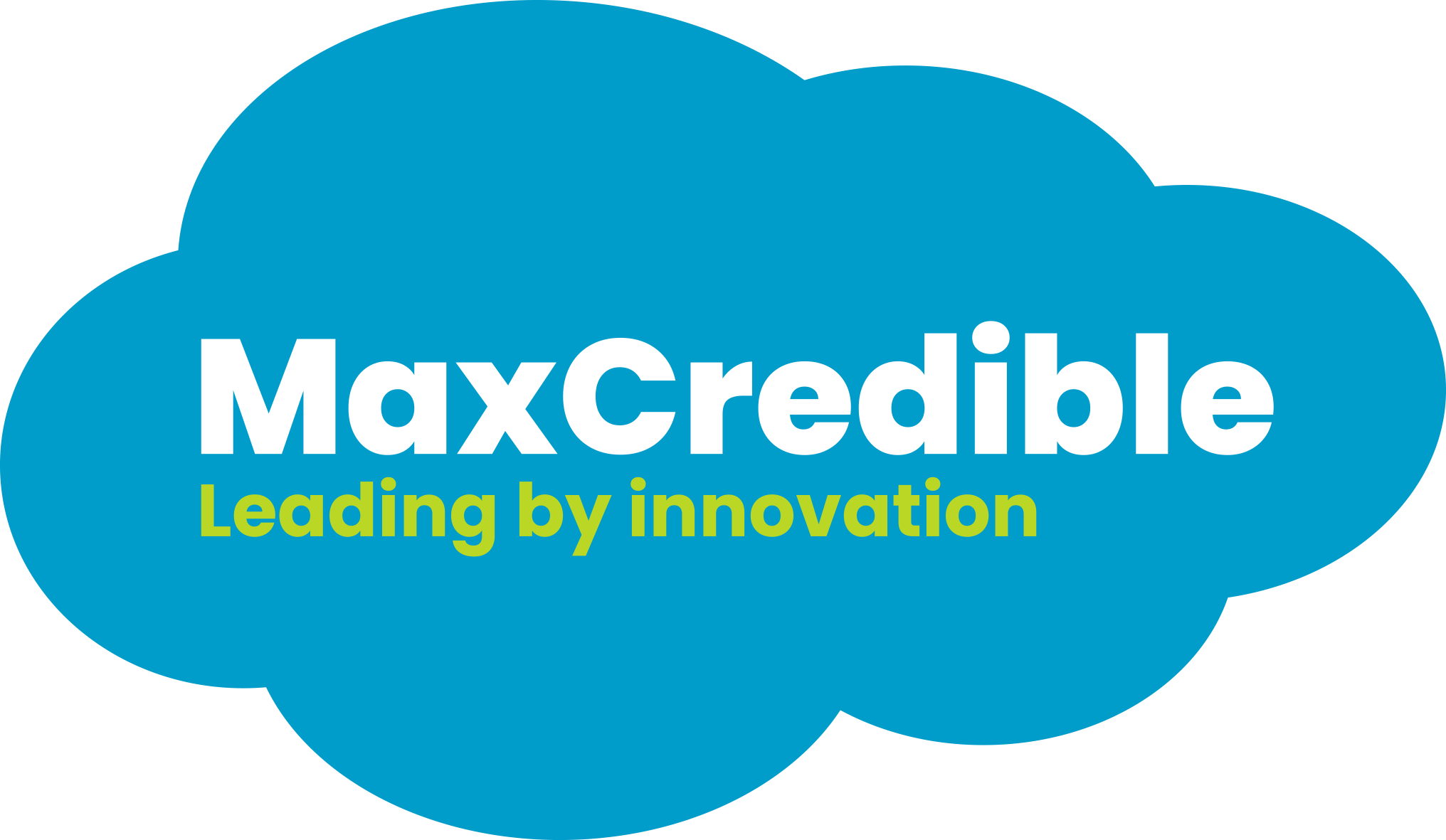How to Reclaim Control over the Order to Cash Process
How to Reclaim Control over the Order to Cash Process
An efficient order to cash process is of great essence for any given company. It defines the financial wellbeing of a healthy organisation. Does the process run smoothly? This will result in quick payments, a steadier grip on the cashflow and lower operating costs. You do not have to waste time on unrewarded invoices and the margin of error is exponentially lower. A fast order-and-pay process will furthermore produce more happy and fulfilled costumers, and increase the cooperation between colleagues. Companies therefore try to pay as much attention as they can to this order to cash process. But many companies fail to do so.
.
What is the Order to Cash Process?
The Order to Cash Process (O2C) envelops all the steps and actions that come in motion when a client places an order, until the final delivery and payment. The purpose of this process? A fast process and reliable payment.
That sounds simple in layman’s terms, but a complex product will bring more obstacles. Even the branches and size of a company have a say in the matter. At a (physical) store you trade in a product for cash. If you for example create and produce software with long lead times, this will complicate the process further at a greater extent.
The O2C-process basically consists of the following elements:
– Order-processing
– Stock (product) or availability (service)
– Delivery and shipment
– Invoicing
– Payment
– Credit management
– Evaluation report
The road towards a reliable payment is paved with a number of factors that slow down the process. For example: clients that are not able or willing to pay, irregularities with the invoice, orders that stay dormant for too long, miscommunication between sections in a company, and many more obstacles to speak of.
What Can Go Wrong with the Order to Cash Process?
Software and particular systems have brought improvements to the O2C process, but there are still too many companies that have limited insight in their order t0 cash process. This will eventually bring late payments, long and complicated processes, and undeniable complaints
One of the most important cause for a margin of error in the O2C process, is poor communication between Sales- and Credit Management. These two division operate from their own terms and point of view in almost every company.
Marketing & Sales are focused on leads and clients, but are mostly unaware of the costs that their process brings along.
– For example: Sales makes imprecise invoices with clients that they don’t share with credit management. Clients receive a wrong invoice, which leads to late payments and discontent.
When Marketing & Sales focuses on certain target groups that are not profitable, or if sales miscommunicates an invoice that leads to a later payment, these factors will cut down a lucrative profit.
Credit Management will on the other side focus too much on invoices, and are not reflecting on Customer Service.
– For example: Credit Management does not maintain flexibility with a client, which leads to the company losing that client.
In a nutshell: keeping your costumer happy, while receiving a reliable payment is a joint operation which requires the shared responsibility from both Sales- and Credit Management.
First Contact’ to Cash Process
Want to obtain control of a fast and profitable process? This process should not start with the ‘order’. You namely start too late with optimisation, because Sales have already done their job and then the workflow isn’t a shared responsibility. Furthermore, everything that happens before the ‘order’ is unaccounted for.
Do you want to accelerate the Order to Cash process, while reducing costs and late payments? The Order to Cash process needs to expand to a ‘First Contact to Cash’ model that connects the whole journey together to a whole.
Every part of a company gets full insight in the client and combined goals, through combining different systems and data streams. You create easy to use and smart workflows that automate every step in the process.
Examples of smart workflows:
– Marketing gains an automatically insight of the habits of certain focus groups. Students that pay late, and receive more invoices? This will be accounted for in the pricing of a product.
– Contact with a client is registered. Invoices and contract roll out of the system based on data from the client.
– Invoices receive a maximum time to market, and clients automatically receive a notification when the invoice is almost expired.
– The client approves and signs the contract? The invoice is sent automatically, while maintaining the expiration date of the invoice. This will all happen through the system at the right moment and through the right channels.
This approach ensures that companies cut down on late payments, incorrect invoices and unwarranted costs, and accelerate their cashflow.
Want to learn more about Order to Cash Process?
Do you want to gain insight on this Order to Cash Process and quickly learn how to use this in your company? Download our whitepaper. Want to learn more about what we can do for you? Contact us for a demo.
